Installing cabinets can be daunting, especially when faced with limited wall stud space. Many homes have walls with only a stud, making it seem impossible to hang a cabinet securely. However, hanging a cabinet with just one stud is possible with the right tools and techniques.
We understand the importance of having enough storage space in a room, and sometimes, the only available option is to hang a cabinet on a single stud. However, this may seem risky or unstable to many, causing hesitation and uncertainty.
Here, we will provide step-by-step instructions on how to hang a cabinet with one stud, ensuring a sturdy and secure installation. From measuring and marking to choosing the right hardware, we will guide you through the process and provide tips and tricks along the way.
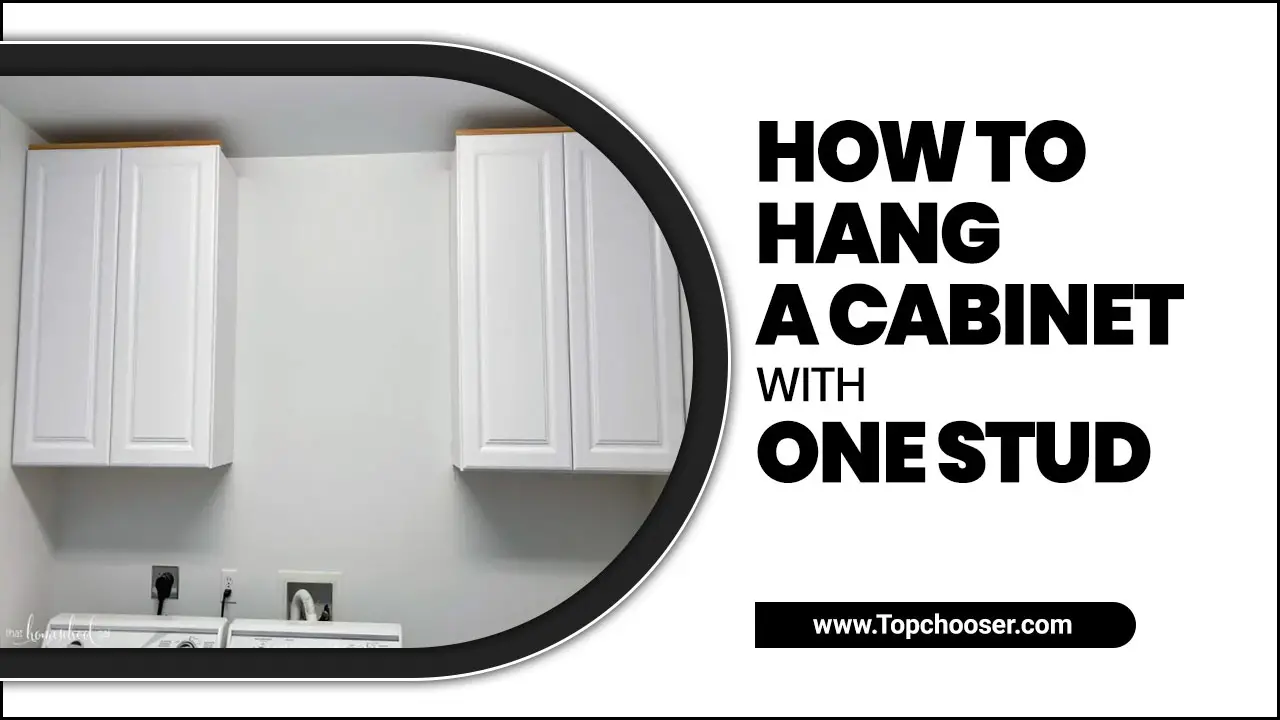
Tools You Will Need
- Stud finder tool
- Drill
- Screwdriver
- Level
- Measuring tape
- Pencil
- Cabinet hanging brackets
- Screws
- Wall anchors (if necessary)
- Mounting template (if provided with the cabinet)
5 Steps On How To Hang A Cabinet With One Stud
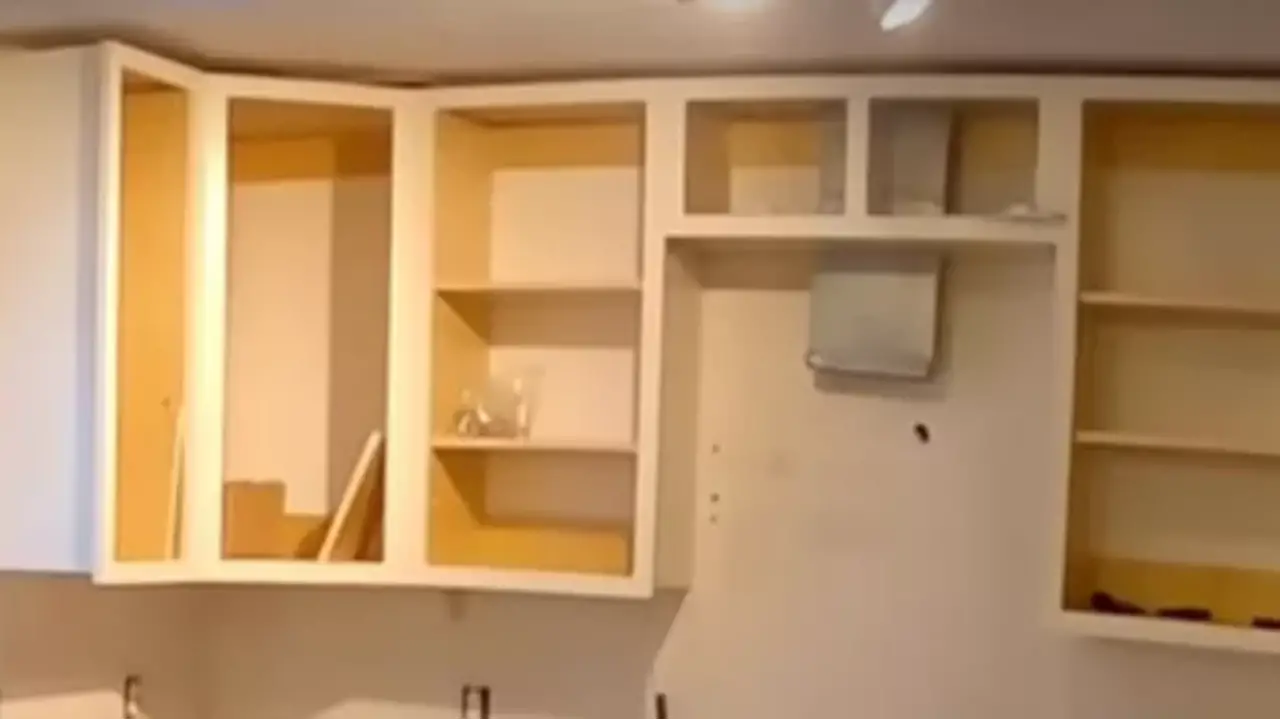
Regarding hanging a cabinet with only one stud, it is important to take certain precautions to ensure that the cabinet is securely mounted and will not come loose or fall. While it may seem challenging to hang a heavy cabinet with just one stud for support, there are a few strategies that can help distribute the weight more evenly and provide additional stability.
One option is to use toggle bolts or anchors in combination with the stud to increase the weight-bearing capacity of the installation. Here are 5 steps on how to hang a cabinet with one stud:
1. Prep The Cabinet For Hanging
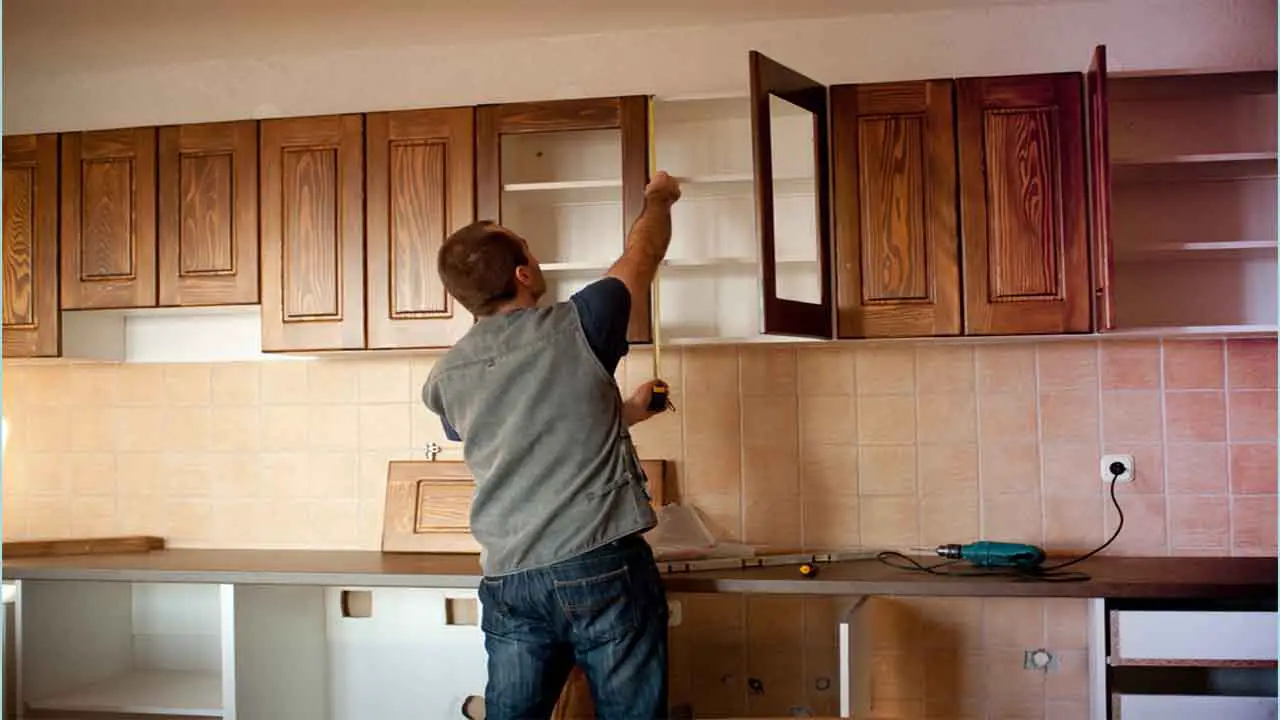
The first step of installing cabinets is removing the doors. This will make the cabinet lighter and easier to handle during installation. Set aside the doors in a safe place to prevent damage. Next, carefully measure the height at which you want to hang the cabinet. Use a level to ensure accuracy and make a small mark on the wall. This will serve as a guide when attaching the cabinet.
Now, locate the stud where you want to anchor the cabinet. Sometimes, you may only have one stud available, making it necessary to use additional supports to ensure stability. If no studs are in the desired location, you must use hollow wall anchors or toggle anchor bolts to secure the cabinet.
2. Predrill Cabinet For The Stud And Drywall Anchors
Make sure to measure and mark the stud’s location accurately before beginning. Use a stud finder to locate the stud’s position and mark it with a pencil. Once you have identified the stud, hold the cabinet against the wall, aligning it with the marked stud. Having an assistant hold the cabinet in place while you proceed with the next steps is essential.
Predrill holes through the cabinet’s back panel using a drill bit slightly smaller than the diameter of the screws you will use. This will prevent the wood from splitting. Additionally, predrill smaller holes on the wall using a drill bit appropriate for the size of the drywall anchors. You should align these holes with the predrilled holes on the cabinet.
3. Install Anchors In The Drywall
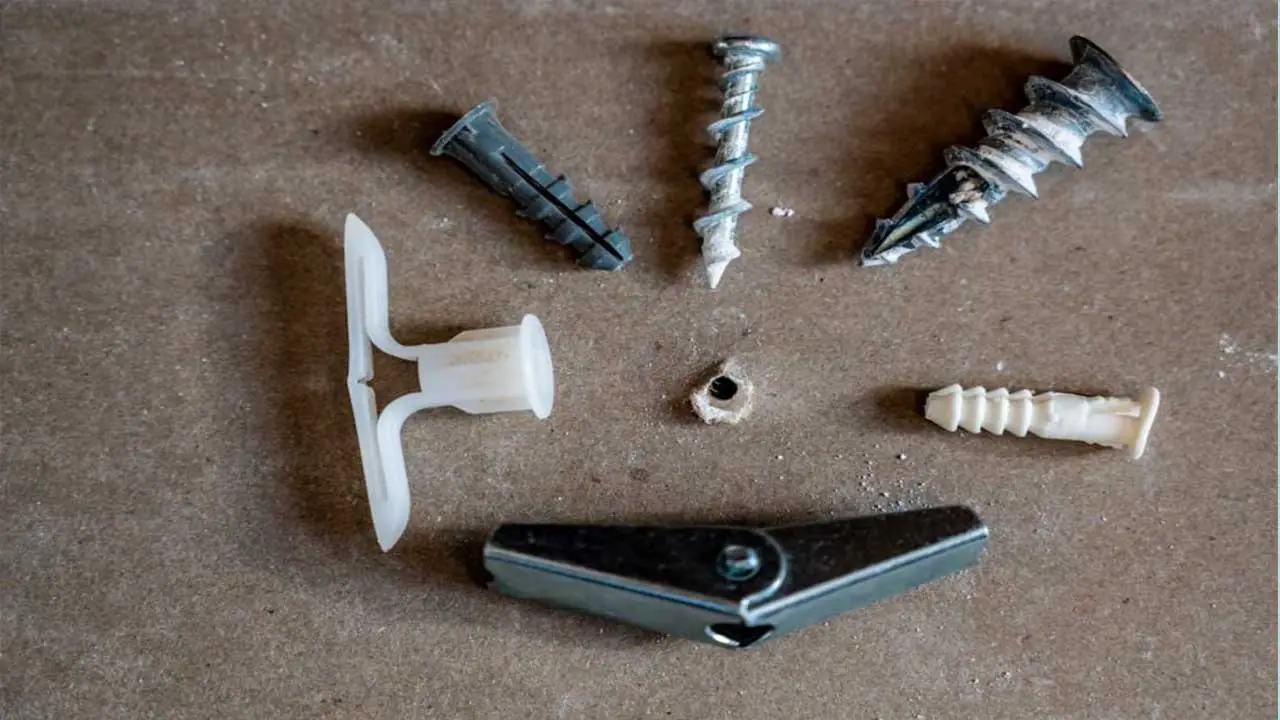
First, you should locate the position where you will install the cabinet and mark it on the wall. Use a stud finder to find the location of the stud closest to the centre studs where you will hang the cabinet. Once you have located the stud, measure and mark the exact height where the cabinet will be positioned.
Next, drill pilot holes into the marked spots on the drywall using a drill bit slightly smaller than the size of the anchors. Insert the anchors into the pilot holes, ensuring they are flush with the wall. Place the cabinet against the wall, aligning it with the anchor locations. Use a level to ensure the cabinet is perfectly straight. Finally, screw screws through the pre-drilled holes to attach the cabinet to the wall.
4. Reinstall Cabinet Doors
Once you have successfully hung the cabinet with one stud, the next step is to reinstall the cabinet doors. Remove the cabinet doors from their hinges if they were removed during installation. Carefully lay the doors down on a clean and stable surface.
Please take a moment to inspect the hinges and ensure they are in good condition. If any screw head or hardware is loose or missing, replace them before proceeding. Align the hinges on the cabinet doors with the corresponding holes on the cabinet frame.
Secure them in place using the appropriate screws. Double-check that the doors are level and properly aligned before tightening the screws completely. Finally, test the doors opening and closing them to ensure they function smoothly. By following these steps, you will have successfully hung.
6. Ensuring Level And Secure Installation
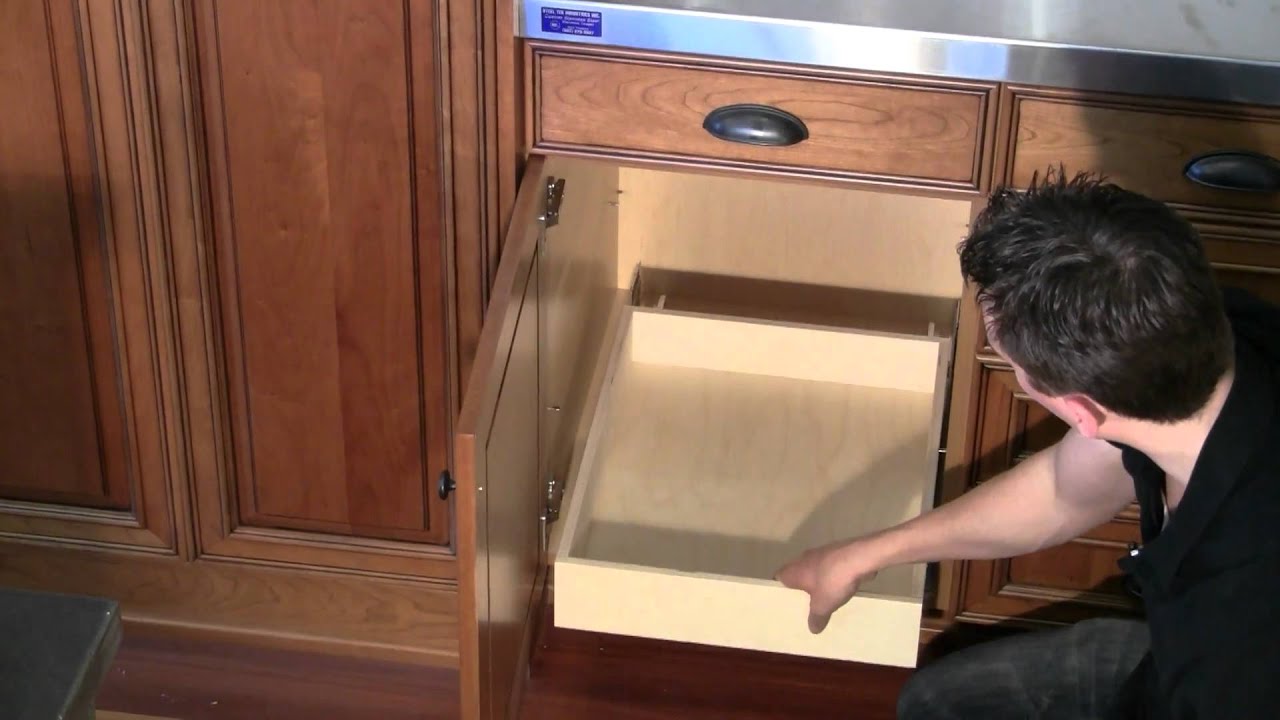
Hanging a cabinet with just one stud, it is crucial to prioritize both level and secure installation. A level installation ensures the cabinet is properly aligned with adjacent stud surfaces, providing a visually appealing and polished look to any room.
A secure installation is also essential to prevent accidents and ensure the cabinet remains steadfastly in place, even when subjected to external forces or weight. To ensure a level and secure installation when hanging a cabinet with only one stud, follow these steps:
- Use A Stud Finder: Locate the stud’s position in the wall where you plan to hang the cabinet. This is crucial for providing the necessary support for the cabinet’s weight.
- Mark The Stud Location: Once you’ve found the stud, mark its centre with a pencil. This will serve as a reference point for mounting the cabinet.
- Use A Level: Place a level horizontally on the wall, aligning it with the marked stud. Adjust the level until it shows a straight and level line.
- Find Additional Support: If the cabinet does not have pre-drilled holes for mounting, you may need to install additional support. This can be done by attaching a piece of plywood or a cleat to the wall, spanning multiple studs for added stability.
Reinforcing The Cabinet For Added Strength
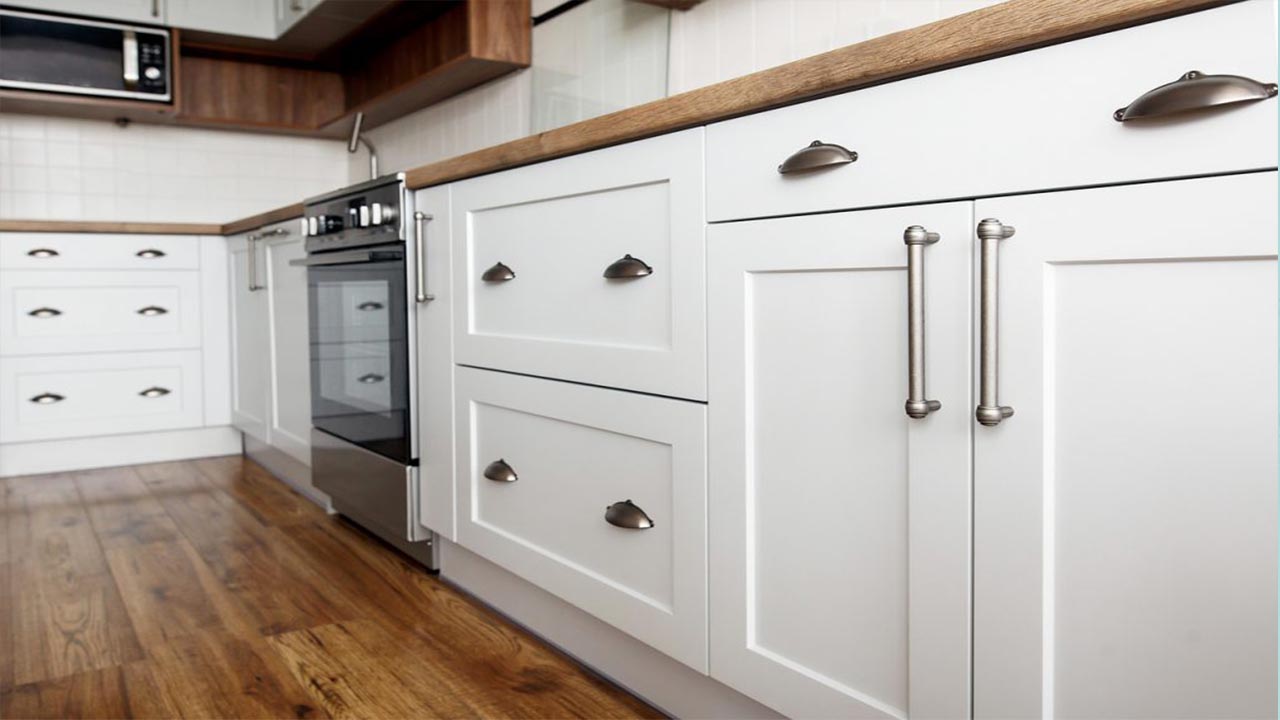
Reinforcing the cabinet becomes an essential step to ensure stability and longevity. The reliance on a single stud can pose challenges in terms of weight distribution, especially for larger cabinets or those intended to store heavy items.
To address this issue, we should take additional measures to reinforce the cabinet and provide added strength. To reinforce a cabinet for added strength when hanging it with only one stud, there are a few steps you can follow:
- Use a stud finder to locate the stud in the wall where you plan to hang the cabinet. Mark the location of the stud.
- Measure the width of the cabinet and find the midpoint. Mark this midpoint on the back of the cabinet.
- Install a piece of 1×4 or 2×4 lumber horizontally along the back of the cabinet, aligning it with the midpoint mark.
- Measure the distance between the top of the cabinet and the ceiling. Cut a piece of 1×4 or 2×4 lumber to this length.
- Position the cut piece of lumber vertically along the back of the cabinet, aligning it with the stud mark on the wall.
Troubleshooting Common Mistake
It is important to follow proper techniques and troubleshooting methods to hang a cabinet with only one stud to ensure a secure and stable installation. Hanging cabinets solely on a single stud can pose challenges.
But you can accomplish it effectively with the right approach. To hang a cabinet with only one stud, here are some troubleshooting tips and solutions for common issues and challenges you may encounter:
- Insufficient Support: If only one stud is available, it may not provide enough support for the cabinet’s weight. In this case, you can use heavy-duty wall anchors or toggle bolts to distribute the weight across a larger wall area.
- Uneven Weight Distribution: Cabinets are designed to distribute weight evenly across multiple studs. The weight may not be evenly distributed with only one stud, causing the cabinet to tilt or sag. To address this, consider installing a support bracket or reinforcing the stud with a plywood backing for added stability.
- Limited Stud Location: Sometimes, the stud may not be ideal for hanging the cabinet. If this is the case, you can use a stud finder to locate nearby studs and adjust your cabinet placement accordingly.
Types Of Expansion Anchors
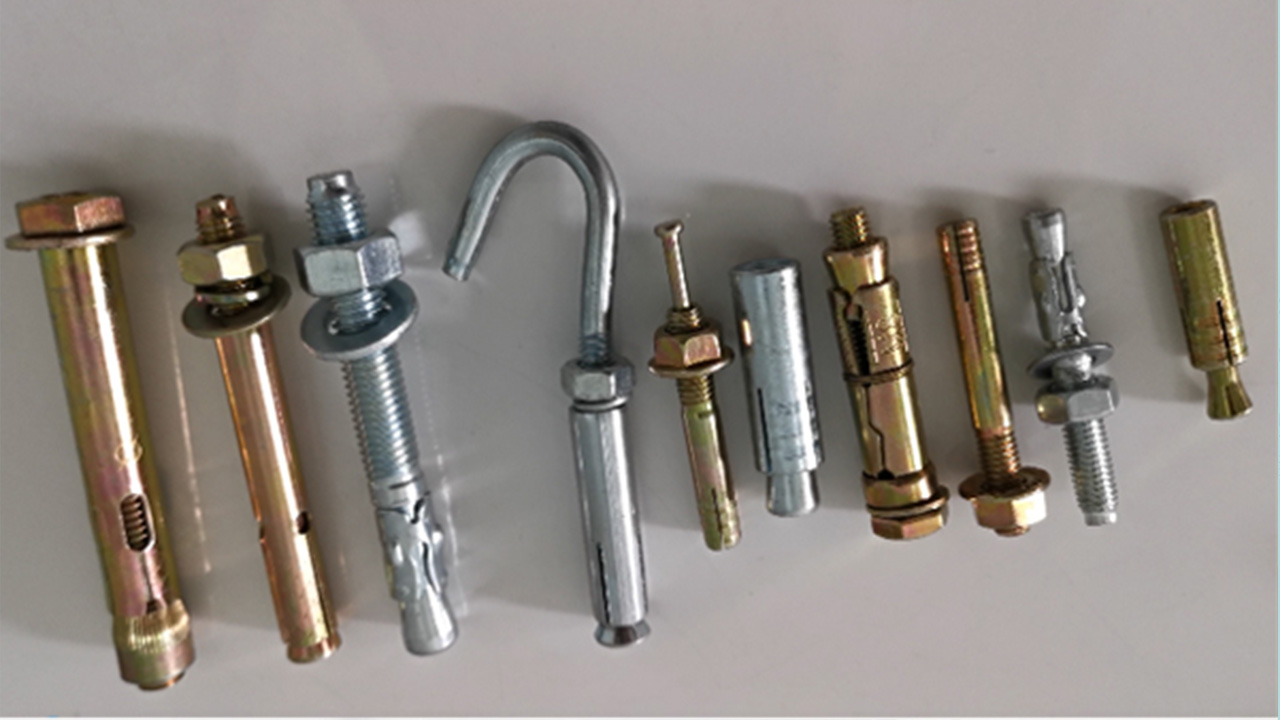
Hanging a cabinet with only one stud available, you can employ several techniques and boards to ensure a secure and reliable installation. One approach is using a plywood backing board spanning multiple studs. By attaching the cabinet to this sturdy board, you distribute the weight evenly and reduce the strain on the single stud. Several types of expansion anchors can be handy to hang a cabinet with only one stud. Some common nail types include:
- Sleeve Anchors: These are made of metal and consist of a nut, washer, and cylindrical sleeve. The sleeve expands as the nut is tightened, creating a secure hold in the wall.
- Toggle Bolts: Toggle bolts are designed with a spring-loaded mechanism that expands behind the wall when the bolt is inserted. They provide strong support and are suitable for heavy loads.
- Molly Bolts: Molly bolts have a screw-like mechanism with a metal sleeve that expands once inserted into the wall. They are ideal for hanging cabinets in hollow walls.
- Plastic-Type Anchors: Plastic-type anchors are commonly handy for lightweight applications. Insert the screws into pre-drilled holes, and they expand, providing a secure hold.
Types Of Boards You Can Use
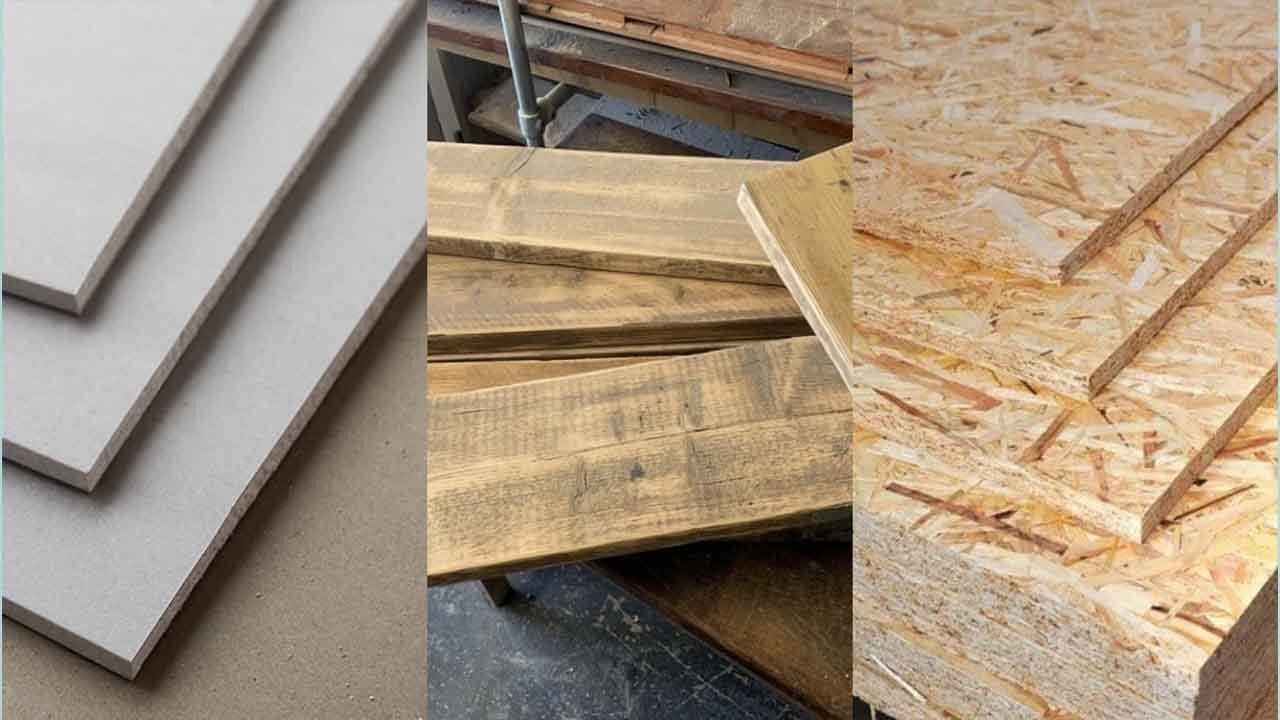
Hanging a cabinet with just one stud, it’s essential to consider the type of boards you can use to ensure a secure installation. One option is to utilize a plywood backer board. This sturdy and durable material provides additional support and stability for the cabinet, especially with limited stud availability.
By attaching the plywood board to the stud using the type of screws, you create a solid foundation onto which the cabinet can be mounted. Several types of boards can be handy to hang a cabinet with only one stud. Some options include:
- Plywood Board: Cut a piece of plywood to the desired size and attach it to the stud using screws. Ensure the board is sturdy enough to support the cabinet’s weight.
- MDF Board: Similar to plywood, MDF (Medium Density Fiberboard) can be cut and attached to the stud. It is a strong and durable option.
- Particle Board: Although not as strong as plywood or MDF, particle board can still be used for lighter cabinets. Ensure proper reinforcement and use appropriate screws for installation.
- Solid Wood Board: Using a solid wood board is another option. It provides strength and stability, but remember that it may be more expensive than other materials.
- Particle Board: Particle board, also famous as chipboard, is a type of engineered wood product made from wood particles or fibers that are bonded together with a synthetic resin adhesive
- Backer Board: Backer board, also known as cement board or cementitious backer unit (CBU), is a key component in modern construction and renovation projects.
- 1×2 Board: A 1×2 board, also known as a 1 by 2 board, is a common nail lumber product used in various construction and woodworking projects.
Conclusion
Hanging a cabinet with one stud may seem daunting, but it can be done successfully with the right tools and techniques. Always use a level and measure multiple times before drilling any holes. Use a level and measuring tape for accuracy and appropriate wall anchors for added support. It is best to secure the cabinet to at least two studs for maximum weight stability if possible.
However, with the use of toggle bolts and proper weight distribution, a single stud can still provide ample support for your cabinet. With patience and attention to detail, you can confidently hang your cabinet with one stud and enjoy a functional and stylish addition to your space between studs. We have provided the information on how to hang a cabinet with one stud.
FAQs
[rank_math_rich_snippet id=”s-14e5c0a8-49c5-4b45-8966-0d603a8a0f45″]

I am passionate about home engineering. I specialize in designing, installing, and maintaining heating, ventilation, and air conditioning systems. My goal is to help people stay comfortable in their homes all year long.


Your article helped me a lot, is there any more related content? Thanks!
Thanks for sharing. I read many of your blog posts, cool, your blog is very good.